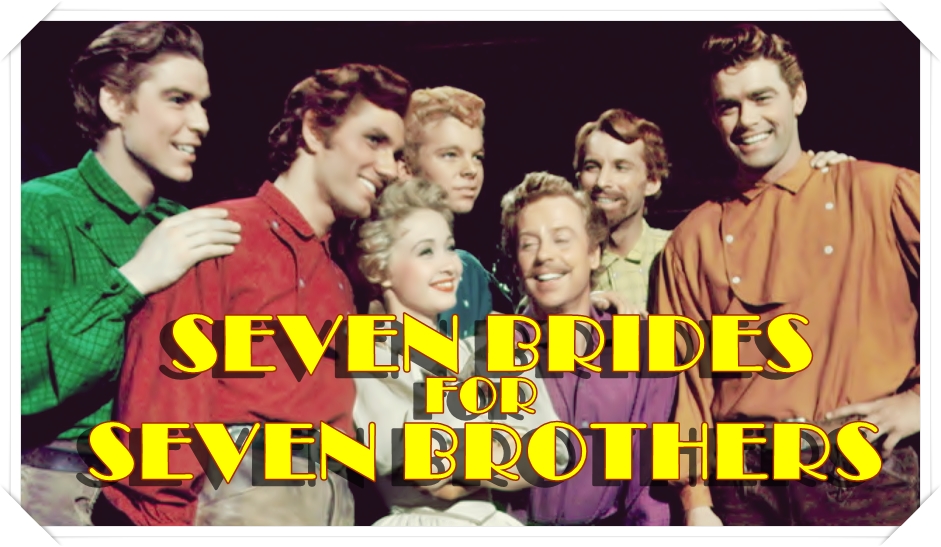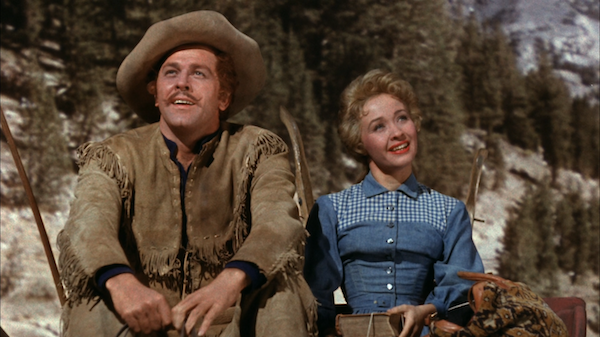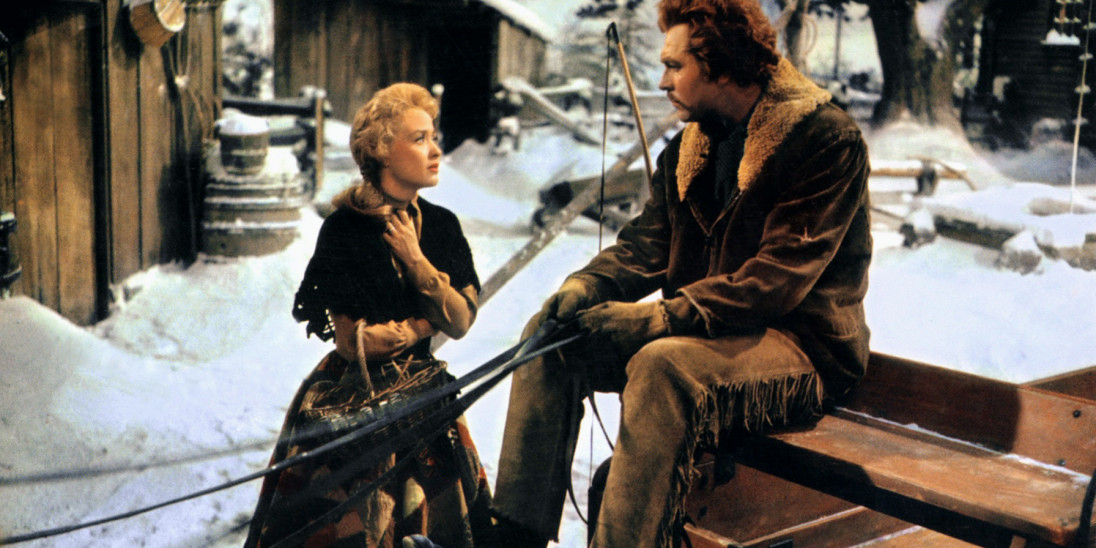Seven Brides for Seven Brothers (1954)

Seven Brides for Seven Brothers (1954) is a classic American musical directed by Stanley Donen, featuring music by Gene de Paul and lyrics by Johnny Mercer. The film is renowned for its energetic dance sequences and vibrant score, with choreography by Michael Kidd. Set in the rugged backwoods of the Pacific Northwest, this charming musical blends romance, humor, and heartwarming family dynamics to create a beloved cinematic experience. With its lively performances and catchy songs, Seven Brides for Seven Brothers continues to be celebrated as one of the most iconic films of the 1950s.
The film follows the story of Adam Pontipee, played by Howard Keel, who marries a spirited young woman named Millie, portrayed by Jane Powell. However, when Millie moves to Adam’s remote cabin, she discovers that he has six rowdy brothers who are all bachelors. As Adam and Millie try to settle into married life, the brothers, inspired by the notion of finding wives, decide to follow their brother’s example and take matters into their own hands. The plot humorously explores their efforts to woo local women through unconventional means, leading to a series of comedic misunderstandings and dance-filled escapades.
Seven Brides for Seven Brothers is not only a delightful musical but also a story of character growth. Millie’s journey is one of transformation, as she initially finds herself overwhelmed by the wild, untamed nature of her new life with Adam and his brothers. However, over time, she grows to love the family dynamic and takes on the challenge of teaching the brothers about romance and proper courtship. Adam, too, learns important lessons about love, realizing that his approach to relationships, rooted in control and tradition, must evolve to create harmony in his marriage. The brothers undergo similar transformations as they fall in love and realize the importance of mutual respect and understanding in relationships.

The film’s music and choreography are integral to its success, bringing energy and joy to the narrative. The score, composed by Gene de Paul with lyrics by Johnny Mercer, includes memorable songs such as “Bless Your Beautiful Hide” and “Goin’ Courtin’.” These songs perfectly capture the spirit of the story, and the choreography by Michael Kidd adds a dynamic physicality to the film. The dance numbers, particularly the iconic barn-raising scene, are known for their athleticism and precision, showcasing the talents of the cast and making the film stand out in the musical genre. The combination of catchy tunes and expertly executed dances helped solidify Seven Brides for Seven Brothers as a classic.

In conclusion, Seven Brides for Seven Brothers (1954) remains a timeless and joyful film that continues to captivate audiences with its lively music, engaging characters, and spectacular dance sequences. Directed by Stanley Donen and with unforgettable choreography by Michael Kidd, the film exemplifies the magic of classic Hollywood musicals. With its humor, heart, and vibrant performances, Seven Brides for Seven Brothers has earned its place as one of the most beloved musicals of the 1950s and remains a must-watch for fans of the genre.











